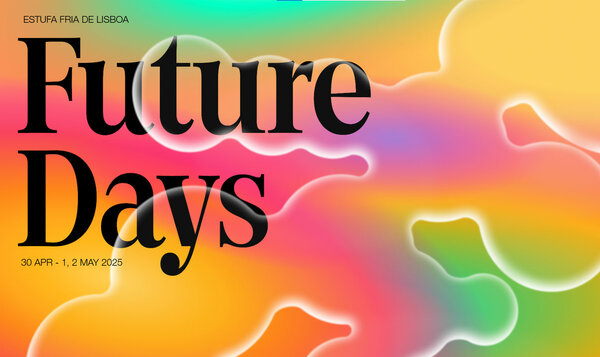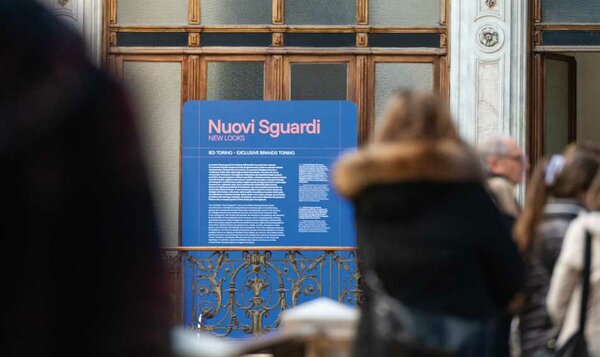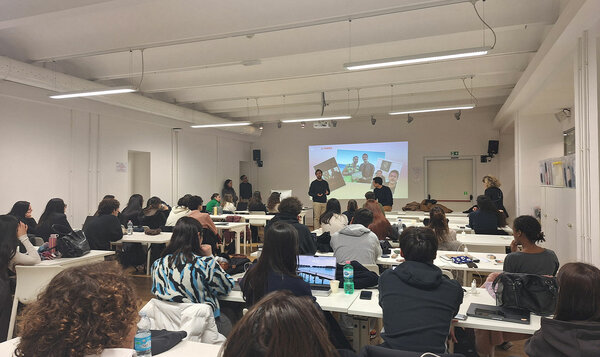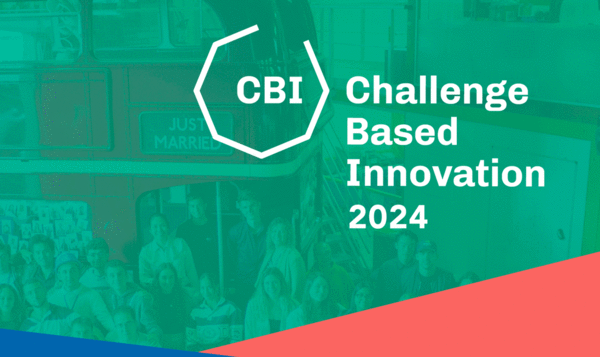What exactly is meant by ‘sustainable design’ and how can it revolutionise the way we think about things?
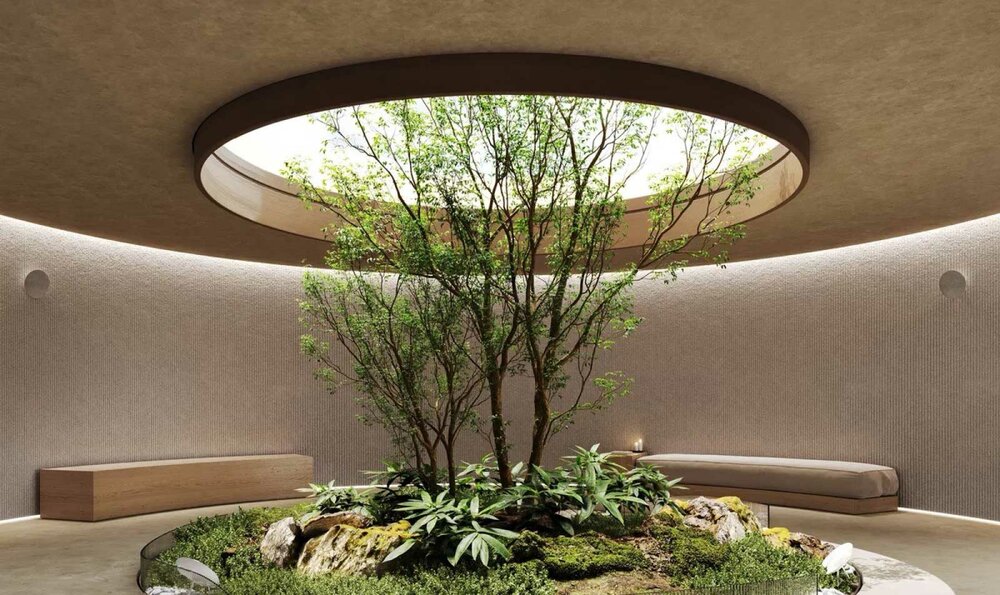
Sustainable design: how design can go green
Date
17 June 2024
What exactly does ‘sustainable design’ mean and how can it revolutionise the way we think about things?
In today's world, environmental issues and the climate crisis are on the agenda, so high on the agenda that design, like fashion and architecture, has begun to play a crucial role in guiding society towards a more conscious and sustainable future.
Introduction to sustainable design
Sustainable design represents a shift from traditional design that goes beyond the simple aesthetics and functionality of the product. This vision involves several disciplines, including product and interior design, graphic design, fashion design and communication. It is an innovative approach that requires a deep understanding of the environmental and social impacts associated with each stage of the product life cycle, including raw material processing, production, transport, use, recycling or waste disposal.
This development is not limited to small market niches, but has become a widespread trend involving large multinationals and innovative start-ups, demonstrating a growing recognition of the importance of sustainability in the global industrial landscape. In fact, there are many brands that have embraced this approach over time, increasingly favouring the use of recycled and eco-friendly materials, not only out of an awareness, but also because of people's growing sensitivity to the issue.
Increasing transparency, actively involving consumers in the product journey, demonstrating a commitment to greener practices, and being able to tell the product story in the right way are aspects that can significantly strengthen the brand image and foster a deeper bond between the company and its audience. The balance between aesthetics, functionality and environmental responsibility thus becomes the core of sustainable design, where the product is not only designed to meet people's needs, but also contributes to a more environmentally conscious and less impacting consumption.
This vision also applies to the design of public and private, indoor and outdoor spaces where sustainability becomes a key design element. Designing such environments means creating places for people that meet their functional and aesthetic needs while also promoting well-being and respect for the environment.
Environmentally-friendly materials and production processes
The use of environmentally friendly materials and production processes, such as recycled, renewable and biodegradable materials, has become essential in reducing environmental impact. Many designers have embraced this new philosophy by experimenting with recycled plastics, certified wood, natural fibres such as bamboo and bioplastics derived from plant starches. In addition, manufacturing processes are also evolving to become more sustainable through new processing techniques such as 3D printing, which allows objects to be created with precision while minimising waste, and additive manufacturing, which can add material only where it is needed.
In the fashion industry, the sustainability of the production chain has become a top priority. Adopting eco-friendly solutions throughout the production chain, from raw material selection to packaging, is essential to reducing the overall environmental impact. Today, fashion courses focus on these very aspects to train tomorrow's designers to understand and implement sustainable practices at every stage of the creative and production process.
A key concept in this context is Design for Commons, which focuses on creating solutions that not only meet individual needs but also serve the greater good, promoting responsible use of resources and social sustainability.. Design for Commons also implies a collaborative and inclusive approach, where design solutions are developed with the active participation of local communities and stakeholders, ensuring that benefits are shared equitably and sustainable practices are integrated at every stage of the process.
Circular economy and design for disassembly
The concept of circular economy is closely linked to sustainable design. It is a process that aims to keep products in use for as long as possible and, unlike a linear lifecycle that ends with disposal, reuses and recycles products continuously over the years once they are no longer in use. This approach reduces waste and optimises the use of resources, creating a more efficient and sustainable production system over time.
A key aspect of the circular economy is design for disassembly, a technique that involves designing can be taken apart intuitively and quickly to facilitate repair, reuse and recycling of components. This extends the life of products and reduces the need for new raw materials. A concrete example is electronic equipment with modular components that can be easily replaced or upgraded, thus avoiding loss of product efficiency.
User-centred design and accessibility
Another key aspect to take into account when producing sustainable design is the needs and expectations of the target group. In order to concretely respond to consumer needs, it is essential to promote and take care of accessibility and inclusivity to ensure that products are usable by a wide range of people. Ergonomics is a crucial aspect in this context. Products must be comfortable, safe and intuitive, and inclusive design must promote cultural and social diversity through strategic solutions that meet the needs of various user groups.
Another important aspect of sustainable design is the needs and expectations of the target group. In order to respond to consumer needs, it is essential to promote and consider accessibility and inclusivity to ensure that products can be used by a wide range of people. Ergonomics is a crucial aspect in this context. Products must be comfortable, safe and intuitive, and inclusive design must promote cultural and social diversity through strategic solutions that meet the needs of different user groups.
Addressing these issues improves the quality of life for users and encourages more responsible and long-term use of products, reducing the need for frequent replacement and promoting a culture of sustainability and responsibility.
Sustainable design trends and best practices
Trends in sustainable design are evolving with an increasing number of companies adopting innovative production practices such as upcycling and biomimetic design. The former is a practice that transforms waste materials or obsolete products into new valuable objects. The second is a technique that draws inspiration from natural processes to create sustainable solutions.
Some practical examples of companies that have adopted and maintained these approaches are Patagonia and IKEA. Patagonia is well known for its commitment to sustainability. It uses recycled materials for its products and promotes the repair and recycling of its products. IKEA has adopted circular furniture solutions, such as modular and recyclable furniture. These examples show how innovation and sustainability can and should go hand in hand to create a greener and more sustainable future.
IED is also committed to educating current and future generations of designers through focused design education that integrates green principles and social responsibility into the creative production process. If you want to learn more about sustainable design techniques and apply them in your work, you will find a wide range of courses that will help you develop innovative and sustainable skills.

